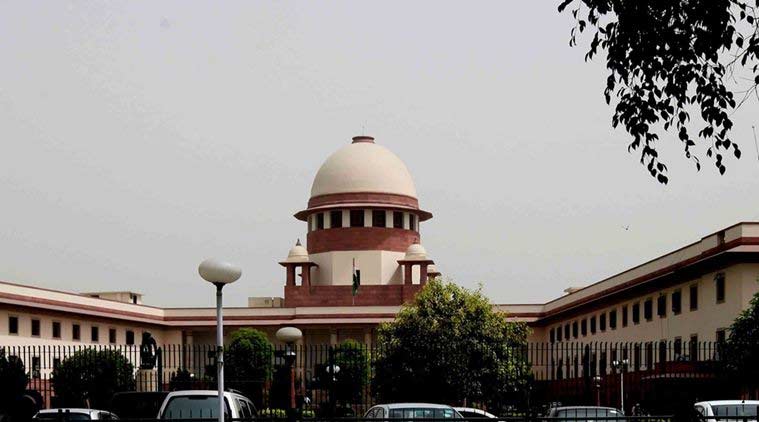 The Supreme Court Monday asked the Centre to come clear on disposal of complaints that sought removal of obscene content online. (File)
The Supreme Court Monday asked the Centre to come clear on disposal of complaints that sought removal of obscene content online. (File)
The Supreme Court Monday asked the Centre to come clear on disposal of complaints that sought removal of obscene content online, including child porn and videos of sexual violence.
Perusing the Centre’s affidavit regarding statistics related to disposal of such complaints, a bench of Justices Madan B Lokur and U U Lalit said, “It is pointed out that as per the information given by learned Additional Solicitor General, 43 notices have been issued as on 22nd October, 2018, but the total number of take down orders passed is only 21. There is no clarity with regard to the balance 22. Similarly, the total number of complaints received are 630, but the number of complaints taken up for enquiry is only 355. It is again not clear what has happened to the balance complaints. The Union of India should file an affidavit indicating the number of complaints received, the action taken in a tabulated form so that there is clarity on the action taken.”
The court is hearing a plea by NGO Prajwala highlighting the availability of child porn and rape videos online, seeking measures to check this. Appearing for the Centre, Additional Solicitor General Pinky Anand also handed over to the bench a standard operating procedure (SOP) devised by it “for the cyber police portal — handling complaints involving child pornography, child sexual abuse material, rape/gang rape and obscene contents”.
Anand said the document had undergone some changes. She pointed out that the first version was prepared on June 18 and it was subsequently revised on July 12. The ASG added that comments are being received over time from various state governments. Responding to this, the bench said the comments can keep coming, but the government must fix a cut-off date. “In any event, since these comments, improvements and suggestions from the state governments may be a continuous process, we are of the opinion that a cut-off date must be fixed for finalising the standard operating procedure,” the court said, fixing November 15 as the cut-off date for finalising the SOP.
“Of course, this does not mean that improvements cannot be made from time to time and as and when necessary,” it added. The Centre informed the court that all states had appointed nodal officers to look into complaints received through the portal for removal of such objectionable material.
The court then sought to know if there was any remedy for appeal open to a person if their complaint was rejected by the nodal officer. The Centre replied there was no such facility at present and assured the bench that it will consider designating a grievance officer to hear appeals. The court also asked the government to make the list of nodal officers public.